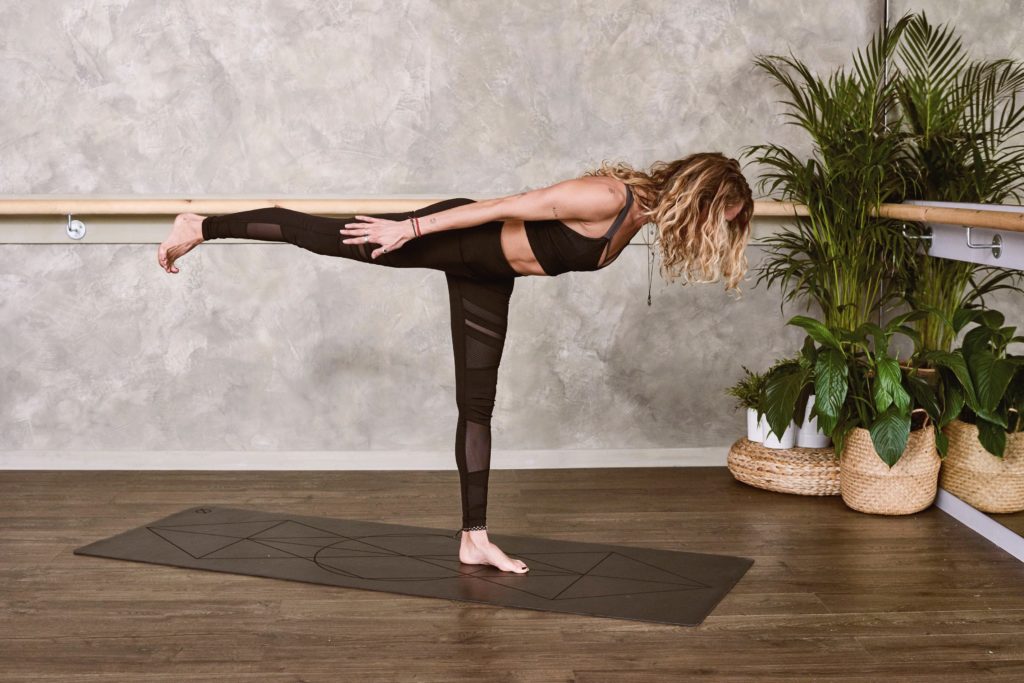
By targeting the intrinsic muscles, Pilates creates a strong and stable foundation upon which proper posture can thrive.
Unlocking the Power of Pilates: Transforming Your Posture with Precision and Purpose
In today’s modern world, where hours spent hunched over screens and sedentary lifestyles have become the norm, maintaining good posture is more crucial than ever. Beyond mere aesthetics, proper posture is foundational to overall health and well-being, impacting everything from musculoskeletal alignment to respiratory function and even mood. Fortunately, amidst the hustle and bustle of daily life, there exists a powerful ally in the quest for better posture: Pilates.
Originating from the mind of Joseph Pilates in the early 20th century, Pilates has evolved into a holistic system of exercise that emphasizes core strength, flexibility, and body awareness. While often associated with lean muscles and graceful movements, Pilates also serves as a potent tool for addressing postural imbalances and restoring alignment from the inside out.
At its core, Pilates focuses on strengthening the deep stabilizing muscles of the core, including the abdominals, back, and pelvic floor. By targeting these intrinsic muscles, Pilates creates a strong and stable foundation upon which proper posture can thrive. Unlike traditional strength training, which often emphasizes isolated muscle groups, Pilates engages the body as a whole, promoting balanced strength and coordination across multiple muscle chains.
One of the key principles of Pilates is alignment, with exercises performed with meticulous attention to proper posture and form. Through a series of controlled movements and breath work, practitioners learn to align their bodies with precision, correcting imbalances and retraining muscles to support optimal posture. Over time, this mindful approach to movement translates into improved alignment both on and off the mat.
Another hallmark of Pilates is its emphasis on spinal mobility and flexibility. Many postural issues stem from stiffness or tightness in the muscles surrounding the spine, leading to rounded shoulders, forward head posture, and other common misalignments. Pilates addresses these issues by incorporating exercises that lengthen and strengthen the muscles of the spine, promoting greater mobility and flexibility throughout the entire vertebral column.
Furthermore, Pilates promotes body awareness, encouraging practitioners to tune into their alignment and movement patterns. By cultivating a heightened sense of proprioception, individuals become more attuned to their bodies’ signals and can make conscious adjustments to improve posture in real-time. This increased body awareness extends beyond the Pilates studio, empowering individuals to carry themselves with confidence and poise in their everyday lives.
The benefits of Pilates for posture correction are not limited to physical improvements; they also extend to mental and emotional well-being. As practitioners engage in mindful movement and focused breathing, they experience a sense of calm and relaxation that can counteract the stress and tension often associated with poor posture. Moreover, the increased self-awareness fostered by Pilates can boost confidence and self-esteem, enhancing overall quality of life.
In conclusion, Pilates stands as a potent antidote to the postural challenges of modern living, offering a holistic approach to alignment and well-being. Through its emphasis on core strength, alignment, mobility, and body awareness, Pilates empowers individuals to transform their posture from the inside out, unlocking a lifetime of health, vitality, and confidence.
So, whether you’re sitting at a desk, standing in line, or moving through your daily activities, remember: with Pilates, good posture is not just a goal – it’s a way of life.
